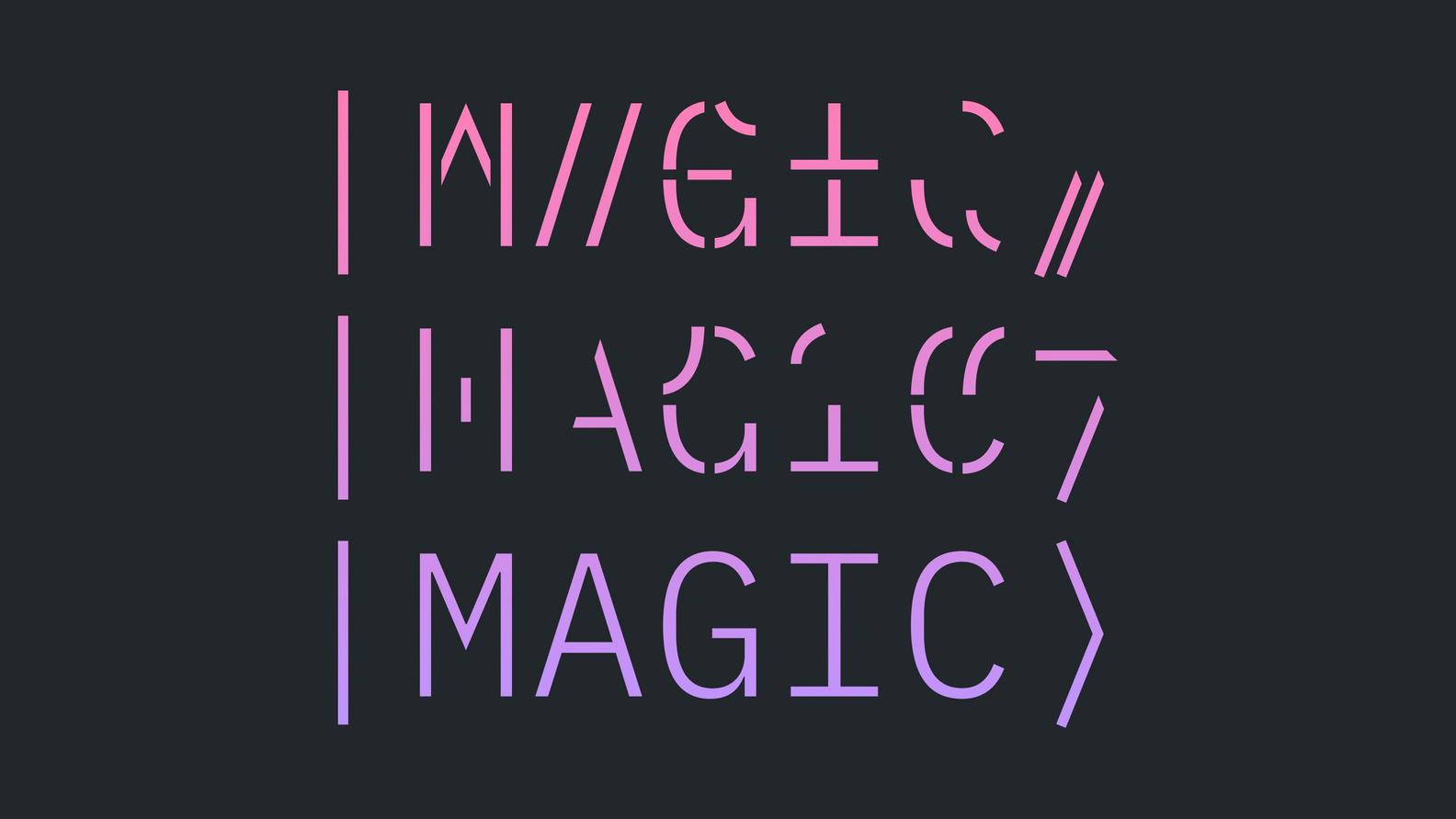In a new paper, published in Nature, “Encoding a magic state with beyond break-even fidelity,” we demonstrated a proof of concept of a crucial piece of error correction that’ll be required to achieve universal, fault-tolerant quantum computation.
Today, one of the biggest challenges facing the field of quantum computation is protecting extremely sensitive quantum hardware from the errors that result from noise in order to run utility-scale circuits. We handle this, first, with error mitigation. Then, we plan to continuously increase the depth of accessible circuits with the help of error correction. Error correction is achieved by encoding quantum information into more bits than we’d otherwise need to run the calculation, and use those extra qubits to find and correct errors. But once we’ve encoded that information, we still need to manipulate it with quantum operations in order to run calculations. And doing those manipulations — what we call running logical gates — is really resource intensive.
With our new paper,1 we used dynamic circuits, or circuits that use real-time classical processing to manipulate quantum information during the runtime of the circuit, to demonstrate a key ingredient of an important process for running logical gates called magic state distillation. That is, we created a magic state. And the encoded magic state performed even better than it would have had we naively coded it directly into the physical qubits. In other words, we used error correction to protect an important quantum state required for fault-tolerant quantum computing, and the results were better than they would have been without error correction.
Two decades ago, researchers Sergey Bravyi and Alexei Kitaev, now at IBM and the California Institute of Technology respectively, published a paper titled “Universal quantum computation with ideal Clifford gates and noisy ancillas.”2 In this paper, Bravyi and Kitaev proved that we can access the full power of quantum computers using just four tools. The first is the ability to control a quantum state. The second is a set of easy-to-run gates called Clifford gates like X, Y, Z, H, SWAP, and CNOT. The third is the ability to measure our qubit values. And the fourth is most important: the ability to prepare certain error-prone states beyond what Clifford gates can access. Their method found that for certain states, they could apply a sequence of Clifford operations to distill these error-prone states into “magic states” that they can use for computation. The Clifford gates, plus the distilled magic states, allow you to run any quantum computation.
In our new paper, we demonstrated a new procedure to encode magic states onto four qubits of the 27-qubit IBM Falcon processor on the ibm_peekskill system. Our scheme focused on starting with better states prior to the distillation process. Then, to prepare the magic states, we employed some of the important dynamic circuit techniques we introduced last year. We perform mid-circuit measurement and feed the value forward in the circuit, steering the state closer to the required magic state. By exploiting dynamical circuits we were able to improve yield — the number of magic states produced over time — than what would otherwise be possible if we did not have access to these capabilities. Basically, we can create more magic states and less junk.
Basically, we can create more magic states and less junk.
Furthermore, by successfully encoding magic states into an error correcting code, we produced better magic states than what would have otherwise been possible using raw qubits. In other words, our experiments takes us beyond the break even point, set by the physical hardware itself.
This experiment opens a new area of research — using dynamic circuits to prepare magic states. It also sets us on the path to solving one of the most important challenges in quantum computing — running high-fidelity logical gates on error-corrected qubits.
Ultimately, error correction is a central part of our development roadmap at IBM. Last year, we extended our roadmap to 2033, showing how we’ll develop new couplers required to implement the error correcting code we announced last year. And combined with our work encoding magic states, as well as improved quality of our systems we’re painting the full picture of how we’ll run error corrected operations on those systems. Learn more about our extended roadmap, here.
“Encoding a magic state with beyond break-even fidelity” co-authors
Riddhi S. Gupta: T. J. Watson Research Center, Almaden Research Center
Neereja Sundaresan: T. J. Watson Research Center
Thomas Alexander: T. J. Watson Research Center
Christopher J. Wood: T. J. Watson Research Center
Seth T. Merkel: T. J. Watson Research Center
Michael B. Healy: T. J. Watson Research Center
Marius Hillenbrand: IBM Deutschland Research & Development
Tomas Jochym-O’Connor: T. J. Watson Research Center, Almaden Research Center
James R. Wootton: IBM Research Zurich
Theodore J. Yoder: T. J. Watson Research Center
Andrew W. Cross: T. J. Watson Research Center
Maika Takita: T. J. Watson Research Center
Benjamin J. Brown: T. J. Watson Research Center, IBM Denmark




